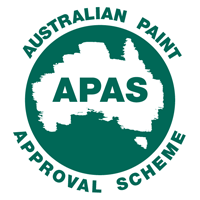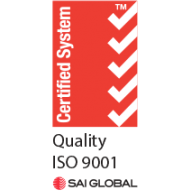For more information about Steel Coatings, please see below:
- The degradation of any object needs mechanical, electrical or chemical energy. The main source for changing the nature of a substance is the energy from solar radiation.
- 5 – 6 % of radiation is UV radiation and it is this that destroys all organic products.
- The “micro” climate includes dew, which is more aggressive to paint than rain, as it is often saturated with pollutants.
Different environments and their effects on Corrosion
- Dry (cold polar or hot desert). These areas are characterized by very low corrosion.
- Normal (town and rural). This will be characterized by higher humidity than dry climate and so faster corrosion but still slow.
- Coastal (with chloride contamination). Much faster corrosion.
- Industrial. Characterized by acid pollution and faster corrosion.
- Tropical. An increase of temperature of 10C will double the speed of a chemical reaction such as corrosion.
Atmospheric Corrosion of Metals
- Metals are made by processing from a stable metal oxide to a less stable pure metal.
- It is a law of nature that all unstable products will revert to the stable metal oxide, hence iron to rust, zinc to zinc oxide etc.
- The three major factors which cause rusting are humidity and dew formation, the presence of oxygen, and the stimulating effects of acid pollutants in the atmosphere.
- Zinc is used as a protection for steel because it corrodes at a much slower rate.
- Zinc coatings form a barrier against oxygen, humidity, and acid pollutants.
- Zinc forms a salt on the surface which is very tough.
Preparation for Coating Iron and Steel Surfaces
- Hot rolled steel always comes out with a layer of iron oxide or mill scale. Mill Scale must be removed to get a long lasting paint system in exterior applications.
- Removal is normally by abrasive blast cleaning. This is to Class 1, Class 2 thorough blast cleaning, or Class 2.5 very thorough blast cleaning, or Class 3 to white metal.
- Hand tool cleaning, wire brushing etc won’t remove all mill scale but this may not be an issue in an internal application.
- As soon as possible after preparation steel should be painted to prevent re-rusting and contamination by salts etc.
- The coating should have a …
a. Barrier effect to keep out moisture, oxygen and other pollutants.
b. Electrical insulating effect so that galvanic cells are not formed.
c. Passivating effect so that acidic ions etc are neutralized. - Zinc phosphate epoxies provide a good passivating effect, but need a clean surface to be really effective.
- Micaceous iron oxide pigmented coatings provide excellent barrier coatings over the zinc phosphate.
- Polyurethanes provide very good weathering durability, and Fluoropolymers much better again. Therefore a typical heavy duty Spec might be…
a. Blast cleaning to Class 2.5
b. Epoxy zinc phosphate primer (V580)…80μm
c. Micaceous iron oxide epoxy (V416 MIOX)……100μm
d. Two Pack Fluoropolymer (V700)………..40μm Water based protective coatings are being used more now for environmental reasons and A&I Coatings have achieved very comparable results to solvent based coatings.
Click here to view our Steel Coating products





